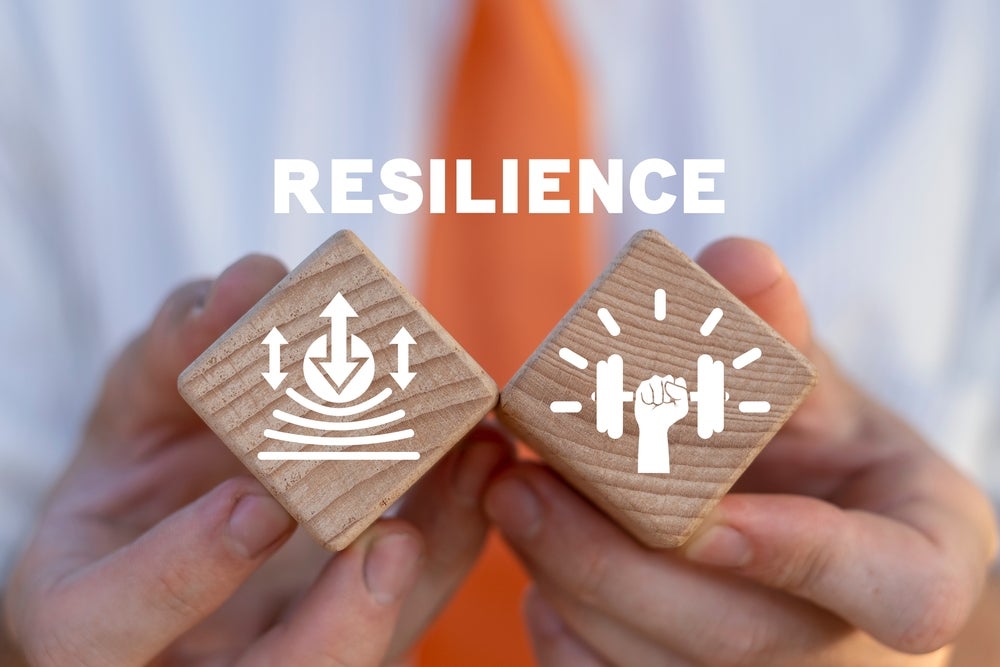Why resilience is now the primary strategy
The UK retail banking system has absorbed a rare mix of shocks in recent years. Inflation and rate volatility have altered household cashflows, regulatory expectations have risen around customer outcomes and operational resilience, and cyber threats have moved from hypothetical to everyday. For leaders, resilience is no longer a defensive stance. It is the organising principle for growth, risk control, and trust.
Resilience begins with clarity of purpose. Customers judge banks on whether everyday services work the first time, whether advice is timely and fair, and whether issues are resolved without friction. When that foundation is reliable, banks earn the permission to innovate. When it cracks, even the most advanced technology will not recover lost credibility.
“Resilience is not the opposite of innovation. It is the condition that allows innovation to take root without damaging trust.”
The pressures shaping the next cycle
Three forces will define the next 24 months.
First, economic uncertainty persists. Rate paths may be flatter than last year, but affordability remains tight for many households and small businesses. That calls for disciplined, transparent credit practices and proactive support for vulnerable customers.
Second, regulation is sharpening. UK supervisors have placed sustained emphasis on consumer outcomes, operational resilience, and third‑party risk. Boards are now expected to evidence end‑to‑end thinking: from product design to servicing, from cloud dependency to exit plans.

US Tariffs are shifting - will you react or anticipate?
Don’t let policy changes catch you off guard. Stay proactive with real-time data and expert analysis.
By GlobalDataThird, technology risk and opportunity are rising together. Banks must modernise core platforms, make responsible use of data and AI, and defend against sophisticated fraud while preserving seamless customer journeys.
Operational resilience as a growth engine
The most competitive banks will treat resilience as product management, not only compliance. That means:
- Map important business services from the customer’s view. Identify where interruptions would cause intolerable harm, and test those points in live scenarios, not only in documents.
- Design for graceful degradation. When parts of the stack fail, customers should retain basic functionality such as balance checks, payments, and emergency support through alternative routes.
- Close the loop between incidents and investment. Post‑incident learning must drive the change portfolio. This is how resilience budgets create commercial value rather than just insurance value.
- Build transparent supplier oversight. Third‑party concentration is now a core risk. Banks should refresh exit strategies, increase observability, and negotiate service level terms that are meaningful in customer terms.
Done well, the above reduces outages, regulatory findings, and complaints. It also releases capacity to launch new propositions with confidence.
Digital plus local: a hybrid service model that lasts
The UK retail landscape is consolidating branch networks while customers still value human advice for complex needs. A resilient model is hybrid by design.
Digital channels should handle routine tasks with speed, clarity, and accessibility. Human channels should specialise in moments that create or destroy lifetime value: debt restructuring, first‑time borrowing, savings discipline, and financial care for the vulnerable. Community‑based outreach, delivered through trained advisers and trusted local partners, remains a powerful way to rebuild confidence where digital alone has not yet earned it.
The banks that thrive will script a precise handover between channels. Customers must never repeat information. Staff must see the same view of a case as the customer. This requires clean data and thoughtful workflow design more than it requires exotic technology.
Using AI responsibly to strengthen human relationships
Agentic and conversational AI can reduce friction in service, underwriting, and operations. The test of good use is simple. Does it measurably improve outcomes for customers, staff, and the regulator at the same time?
High value applications include triaging service requests, pre‑populating forms, flagging affordability concerns early, and guiding agents with next‑best actions that are explainable. Guardrails are essential. Models should be trained on quality data, monitored for bias and drift, and wrapped in clear accountability so that customers always know when they are speaking to a human and when they are not.
AI should never replace the judgement required in hardship or complaint handling. Instead, it should free expert people to spend more time where empathy and discretion are decisive.
ESG as a stabiliser, not a slogan
In retail banking, ESG becomes practical when it reduces risk and improves access, rather than appearing as a marketing layer. Three applications stand out.
- Environmental. Support households with energy efficiency financing and advice. These programmes reduce bills and credit risk while advancing national targets.
- Social. Design inclusive products with transparent pricing, fair fees, and tailored support for customers in vulnerable circumstances. Track the outcomes, not just the inputs.
- Governance. Strengthen model risk management, data ethics, and complaints learning. This is how boards show that culture and conduct are embedded rather than asserted.
The commercial effect is durable books, lower impairments, and stronger reputation in communities that banks seek to serve for decades.
Talent, culture, and measurement
Resilient institutions invest in two capabilities that are often treated as soft issues.
The first is frontline capability. Complex regulation and digital change have been intense for staff. Ongoing credentialing, simple policy guides, and modern knowledge tools reduce error and improve confidence. When colleagues are clear on the why behind decisions, they deliver better how at the point of service.
The second is measurement that matters. Leaders should track a short set of indicators that connect customer experience, operational resilience, and financial performance. Examples include successful first contact resolution, the proportion of important services that meet impact tolerances, time to detect and recover from issues, quality of vulnerability interventions, and staff proficiency in critical processes. These are better predictors of sustainable returns than vanity metrics.
A practical framework for UK retail leaders
A simple framework helps convert intention into execution.
- Stabilise the core. Complete a refresh of important business services, impact tolerances, and playbooks. Reduce single points of failure in payments, cash access, and customer authentication.
- De‑risk the change portfolio. Sequence core replacement, cloud migrations, and AI pilots against resilience priorities. Fewer projects done well beat many projects done poorly.
- Modernise the debt and savings journey. Provide early nudges and options for customers under pressure. Make saving simple and visible. Small design improvements compound across millions of interactions.
- Hard‑wire inclusion. Build accessible design into mobile journeys. Provide alternative formats and additional care routes without stigma. Train staff on vulnerability signals and escalation.
- Strengthen third‑party oversight. Increase transparency of performance and concentration. Rehearse exit plans and ensure data portability is real, not theoretical.
- Invest in people. Equip frontline and operations teams with better tools and coaching. Celebrate error reporting and curiosity. Culture is the cheapest and most powerful resilience technology.
The opportunity in uncertainty
Resilience does not mean standing still. It means building a platform where innovation can be trusted. If UK retail banks apply disciplined operational design, respectful use of AI, and a hybrid service model that brings people closer to the advice they need, they will emerge stronger than before. The prize is not only fewer incidents or findings. It is a step change in customer confidence that compounds into growth.
Dr. Gulzar Singh is Senior Fellow – Banking and Strategy & CEO of Phoenix Empire Ltd









